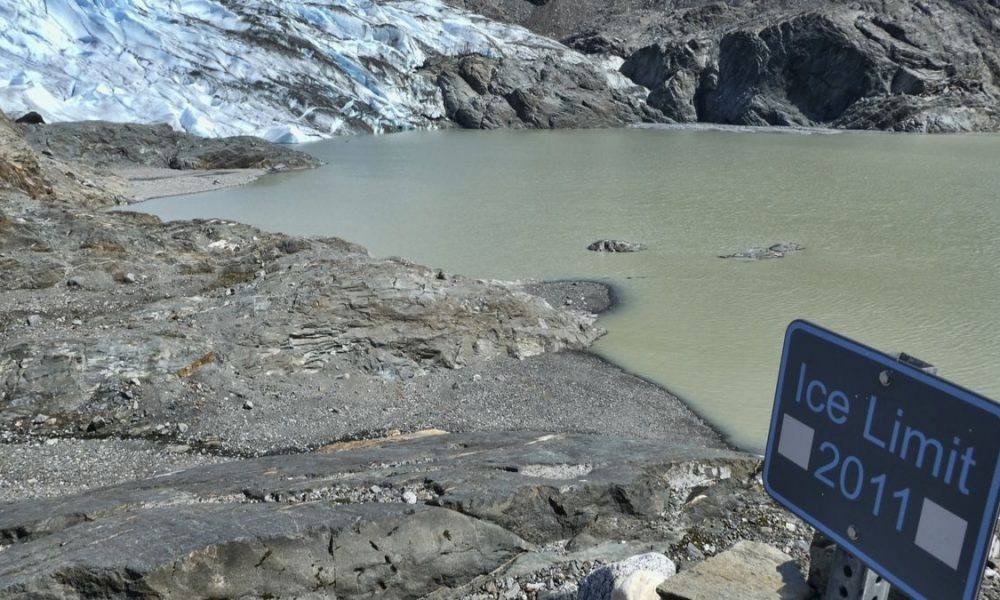Glaciers are reportedly melting faster than they have in the past and half of the world’s glacial loss is coming from North America.
What We Know:
- Glaciers are losing 31% more snow and ice per year than they did 15 years ago. The new data has been determined via three-dimensional satellite measurements of all the world’s mountain glaciers. Scientists have calculated the world’s 220,000 mountain glaciers are all losing more than 328 billion tons of ice and snow per year since 2015. The calculations were determined with 20 years of satellite data and published in a study by scholarly journal, Nature, on Wednesday.
- The annual melt rate from 2015 to 2019 is 78 billion more tons a year than it was from 2000 to 2004. Global thinning rates have doubled as well in the last 20 years. Glaciologist Romain Hugonnet called it an “enormous” change and goes on to emphasize that Alaska’s melt rates are “among the highest on the planet”.
- The universal melting is a result of the burning of coal, oil, and gas. Some glaciers on a smaller scale are disappearing entirely. Two years ago, different authorities in Iceland held a funeral for a small glacier. The study is the first to use 3D satellite imagery to examine all of Earth’s glaciers not connected to ice sheets in Greenland and Antarctica. Studies in the past only estimated the loss of Earth’s glaciers using gravity measurements from orbit or a fraction of the glaciers.
- The aforementioned methods have been said to have large margins of error and aren’t as useful according to scientists. Shrinking glaciers are a problem for the millions of people who rely on seasonal glacial melt for daily water. Rapid melting of glaciers can cause deadly outbursts from glacial lakes in places like India. Glaciers are responsible for 21% of sea levels rising, more than ice sheets are contributing. However, ice sheets are larger, longer-term threats for sea-level rise.
The world’s oceans have already been rising due to climate change, and water expands more so when it is warm.



